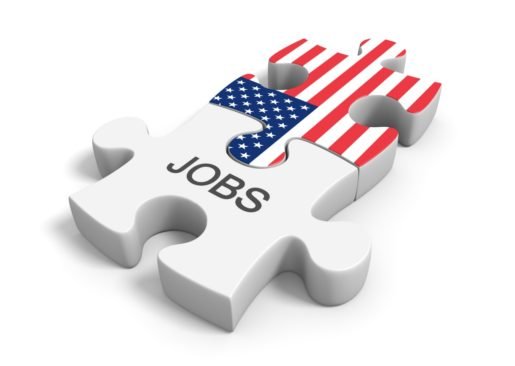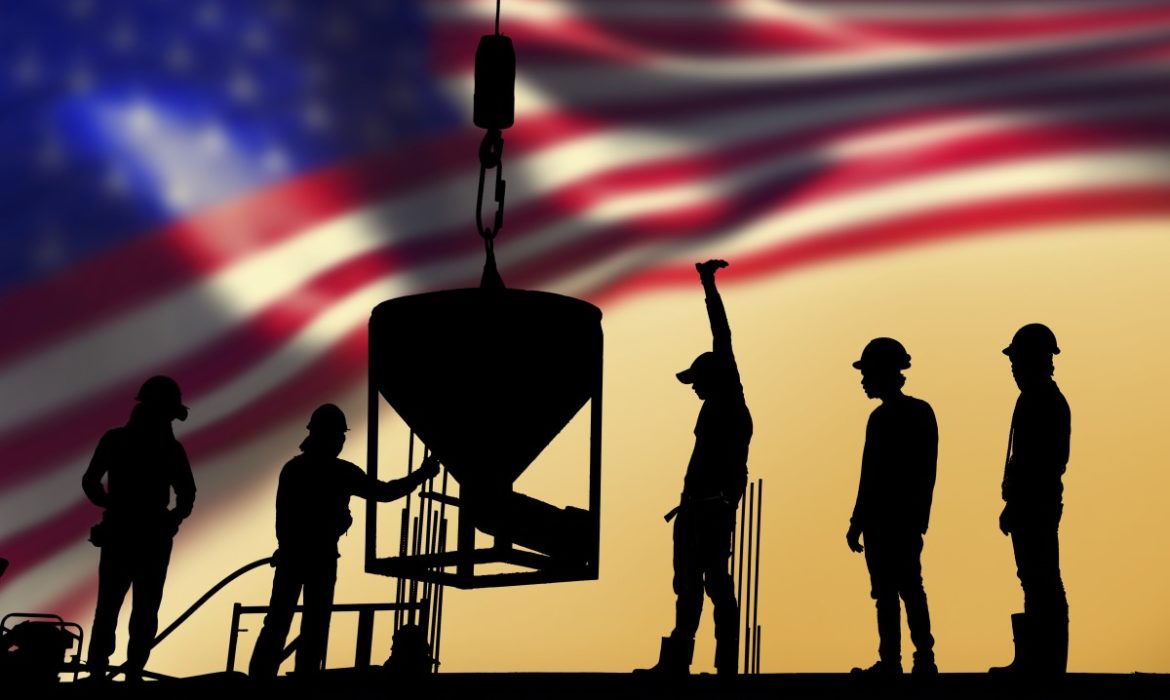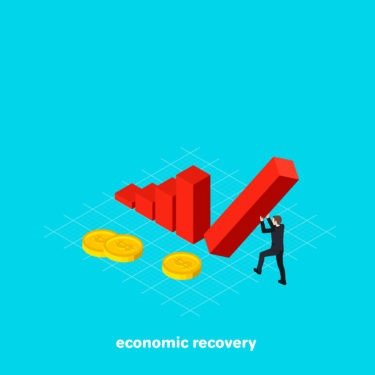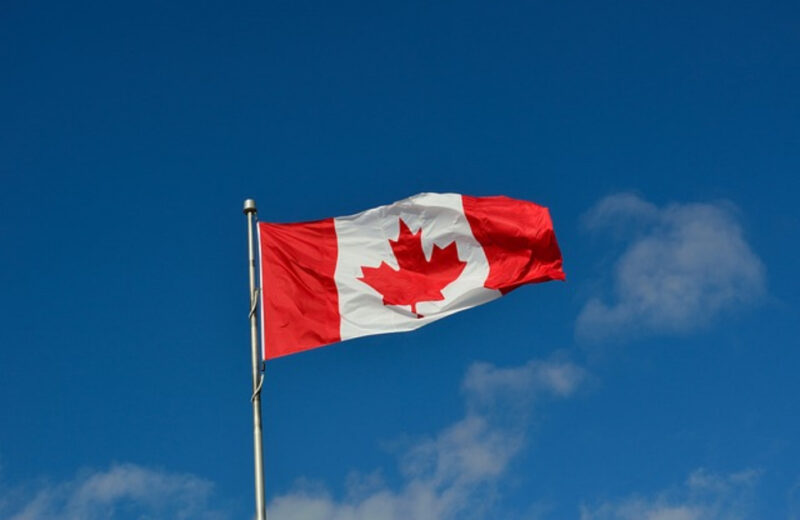Judith Ramizer is bracing herself for July. The hotel housekeeper and her electrician husband have both been out of work for three months. In July, they expect their combined unemployment benefits to drop by more than half. Moreover, they expect the deferred $1,500 payment of their monthly mortgage on their Honolulu property to be due soon.
Millions of Americans face a cash cliff this summer, as emergency benefits will expire. The benefits lifted United States consumer incomes by a record of 10.8% in April. The sustained recovery will take hold from the grave and sudden recession brought on by the novel coronavirus. Friday’s data showed that, in May, personal income dropped 4.2%.
The $600 supplement Congress added to weekly unemployment benefits will expire on July 31.
Recipients face a substantial loss of income without any new support. Thus, this is particularly devastating for those like the Ramirez family who worked in hard-hit sectors like hospitality. In that sector, new jobs are scarce. Thus, the end of enhanced jobless benefits could drag on consumer spending, amidst the ongoing pandemic and high unemployment. This set off a wave of missed mortgage and rent payments and translated to a slower recovery. That is what economists said.
Rachel Finchum is 55 years old and lost her job at a Nashville-based T-shirt printing company after 18 years. This is a significant concern for her. She has sought forbearance on her mortgage. She now has worries concerning what will happen when the government programs end.
Unemployment Benefits
Finchum said that she is very scared to think that she may not be able to make her bills. Her future is very uncertain. She has bills and house payment based on 18 years of what she was making previously.

The novel coronavirus pandemic exploded in March. In response, local authorities shut down large parts of the United States economy. The Congress and Trump administration softened the blow by moving quickly to roll out a patchwork of emergency aid.
Gregory Daco is an Oxford Economist. He estimated that, for every $1 in lost income in April, a cash aid of $3 would be in place. The extra $600 weekly unemployment payment on average makes up for revenue lost due to unemployment and reduced hours, until it expires on July 31.
Nonetheless, around two-thirds of people eligible for unemployment benefits are collecting more in benefits than they earned while working. That is what researchers from the Chicago University found.
The help was particularly critical for low-wage workers like Ramirez. As coronavirus-related restrictions started in March, households around the board slashed spending. Nevertheless, lower-income households resumed spending much faster than higher-income households after the government began issuing stimulus checks. Much of the cash was goings to basics like groceries and utilities. This is what Michael Stepner of Harvard University’s Opportunity Insights said.
In comparison to the negative 13% high-income households, the outlays by low-income households are only about 3% below pre-crisis levels.
Jobless benefits will revert to their normal pre-pandemic levels when the extra benefits run out. This is the current situation in the United States.















